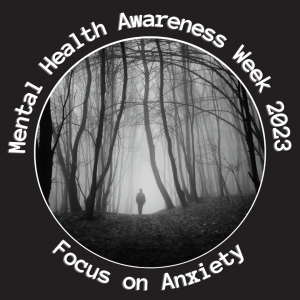One of the most heartbreaking aspects of living with ongoing pain is that it’s often not taken seriously. It’s a common misconception that pain is all in your head. Too often, people in pain are told, “it’s all in your head,” “you look fine“, or, “you’re laughing, so it can’t be that bad.”
If you are wondering who says these things, everyone; friends, partners, colleagues, family and even well-meaning healthcare practitioners. Some of my patients have been told by well-meaning clinicians, “don’t be a hostage to pain.” For the record, if you are in pain, it is a genuine lived experience 100% of the time; your experience needs validation and respect.

While increasing evidence shows that medication doesn’t help resolve long-term pain, just managing is no longer acceptable either. Science shows our emotions and thoughts affect our bodies which can sometimes be unhelpful when we’re feeling low, miserable or angry.
Our brain can send messages to amplify or dial down pain, just like the volume on your smartphone. When folks are in these states, the emotion centre in our brain, called the limbic system, sends a message to dial up the pain volume. Research shows that pain will be higher when someone is having a bad day. Yep, pain feels worse when emotions are considered negative.
Interestingly pain will also be higher when people focus on their pain, but here’s the good news for all of us who want to understand pain, and by the way, that should be everybody. None of us, not one of us, is going to escape life without pain unless we have a condition which means we never feel physical pain (and that’s a problem).

The opposite is true when pressure, anxiety and stress are low; our emotions and thoughts are calmer, so our brain will dial down pain. When folks feel optimistic and contented, hopeful, or engaging in a pleasurable activity also results in the limbic system lowering pain; this is important for everyone, whether or not they have chronic pain, because someone you know or love does, and it’s invisible!
Did you know?
There are many simple strategies for reducing and managing persistent pain; ask me how.







